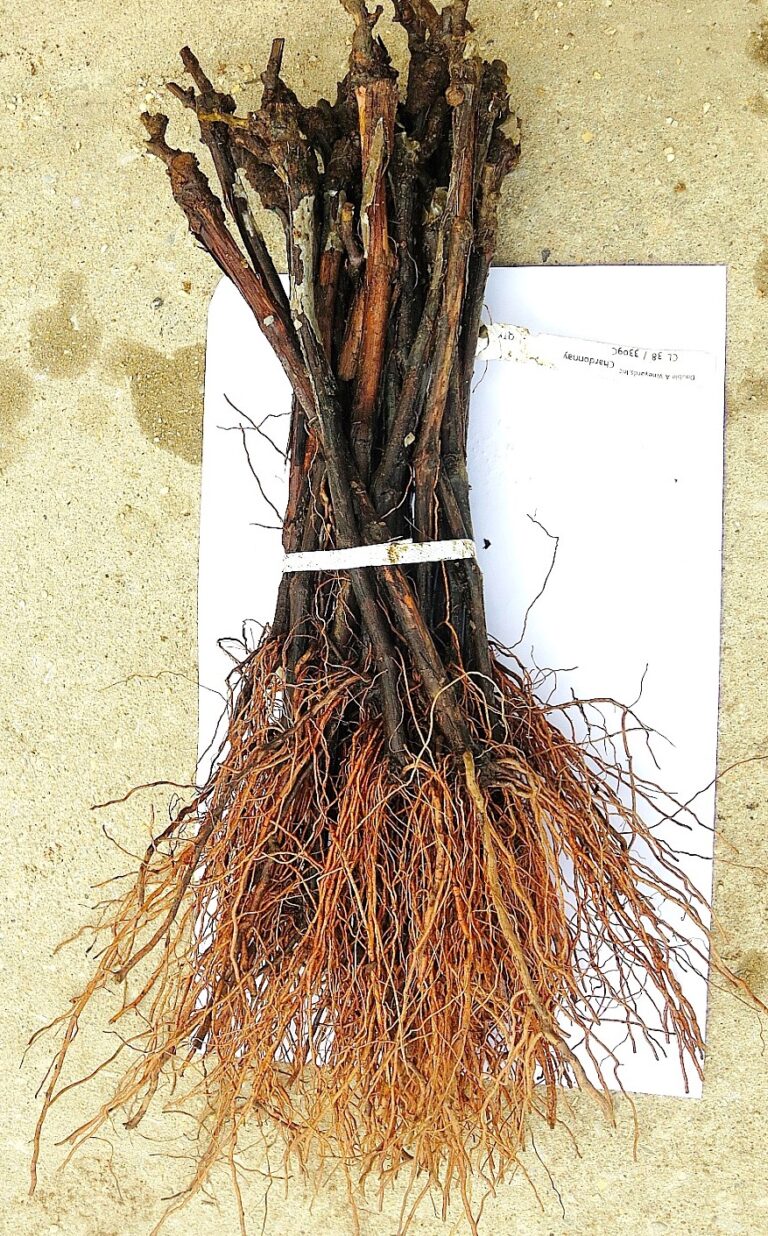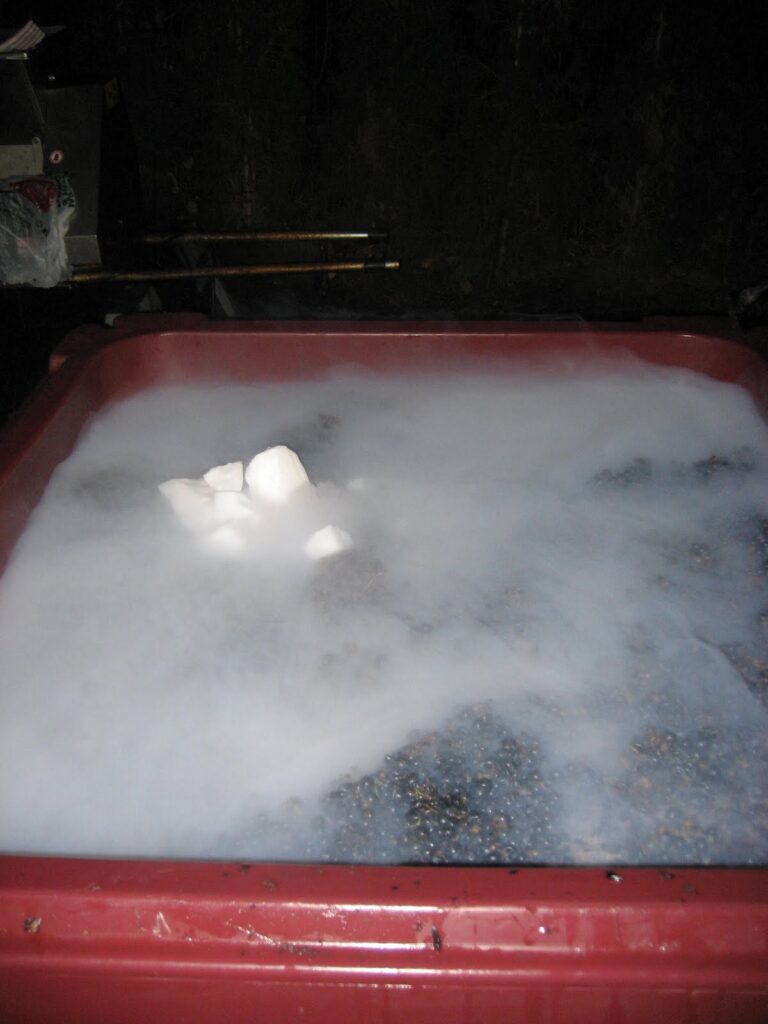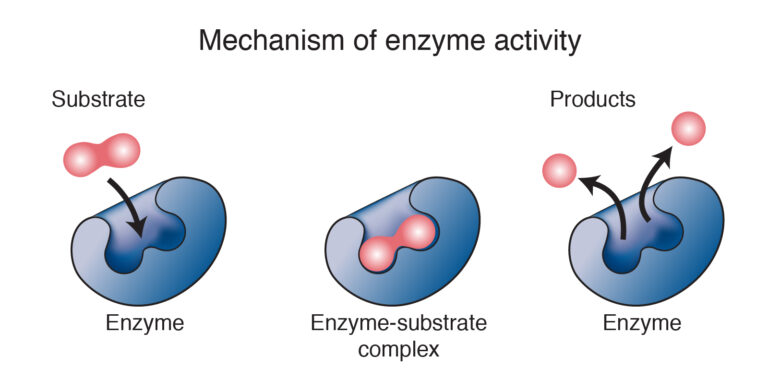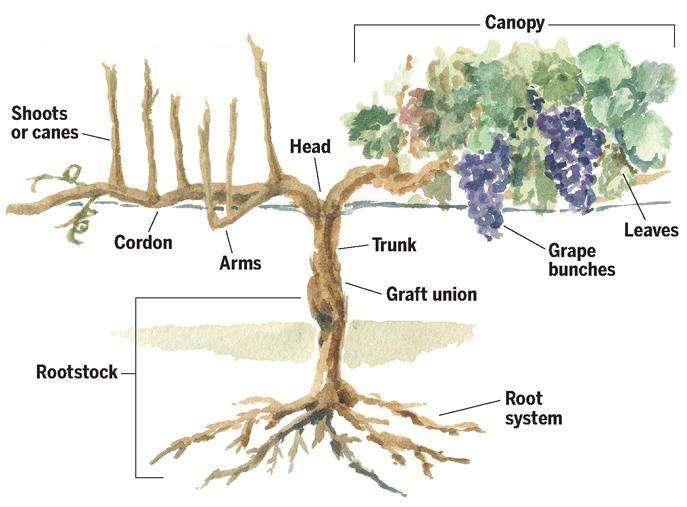The temperature is heating up and before we know it, harvest will be here. After the fruit is processed, it is time for the all important fermentation to begin and there are several factors that play a role in making sure that the juice is fermented to dryness; avoiding a stuck fermentation.
Temperature is important in regulating the rate of fermentation. When it comes to temperature, it is truly a Goldilocks situation. A too high temperature can inadvertently affect the metabolism of the yeast and lead to an increase in dead yeast cells. It also can increase the amount of esters and increase the alcohol levels. Too low of a temperature can result in slower fermentation rates.
Red wine fermentation typically occurs at higher temperatures than white wine. Higher fermentation temperature (median 85oF) is good for color and tannin extraction, but higher temperatures can cease fermentation. The lower fermentation temperatures of white fermentation (median 65oF) will slow the fermentation rate and help to preserve the aromatics.
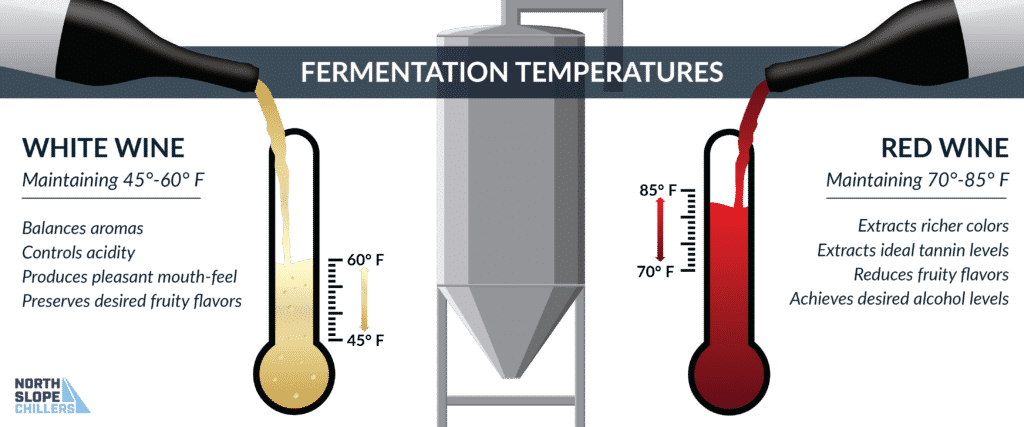
While the temperature is an important aspect, the nitrogen level is just as paramount. It is a common practice to add diammonium phosphate (DAP), which is a nitrogen source to the juice or must at inoculation in order to guarantee nitrogen levels during fermentation.
Grapes naturally contain nitrogenous compounds such as amino acids, peptides and ammonium ions that combined are known as yeast assimilable nitrogen (YAN) or fermentable nitrogen. The concentration levels vary depending on the grape variety, vintage and microclimate. This is the nitrogen that the yeast can use to carry out fermentation efficiently.
There are a few ways in which a winery can measure YAN; an enzymatic assay kit or Formol Titration. The kits can be purchased. The titration method requires the neutralization of the juice with a base and then adding formaldehyde and re-tritrating to the desired endpoint. If you are in a fancy (read large and expensive) lab, you can also use HPLC (high performance liquid chromatography.
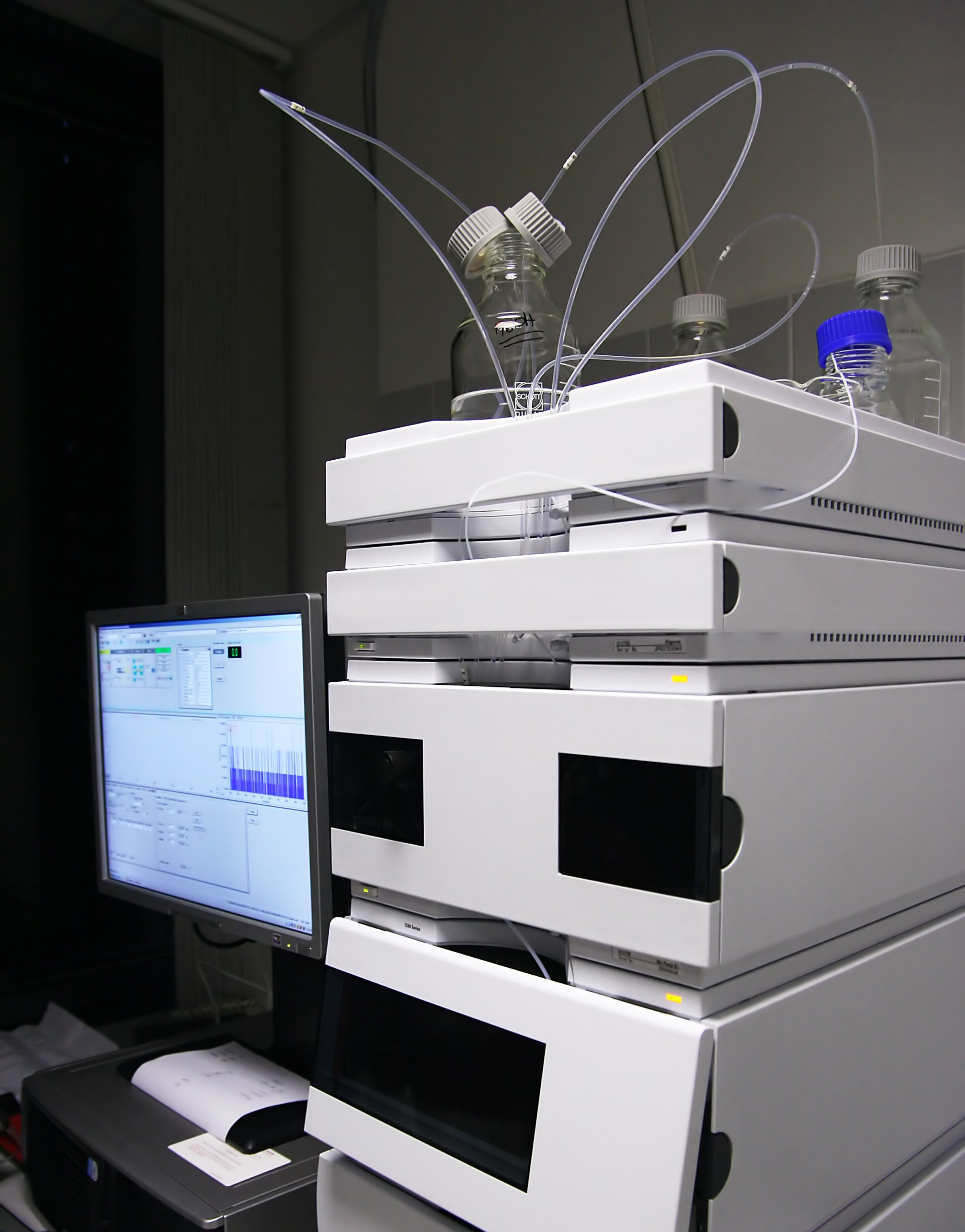
As mentioned, YAN impacts the speed of fermentation. If the juice has a low beginning YAN concentration it will lead to a sluggish fermentation. When the yeast begin to consume the sugar during fermentation, their numbers are also increasing. But by the end of the growth phase, their nitrogen levels become depleted. So a YAN addition at this point will reactivate their protein synthesis, thus increasing the fermentation rate.
When fermentation occurs with low YAN, in addition to an increased risk of a sluggish or stuck fermentation, there is a high likelihood of an increase in the amount of hydrogen sulfide production as well as an increase in long chain volatile fatty acids resulting in off aromatics. If fermentation occurs with an excessive amount of YAN, the yeast might fail to consume it and it can impact the flavor as well as the stability of the wine.
The timing of the addition is a debated issue. Some winemakers add it all at one time, while others will space it out throughout the fermentation process. Again, this is another aspect of winemaking that falls under the “art” category. Every winemaker has their process, and the timing of YAN addition is an individual decision, that most likely is modified vintage to vintage and grape variety to grape variety.
~Slàinte!
Please follow us on Instagram, Twitter, Facebook and Youtube.
Dracaena Wines has received consistent 90+ ratings and multiple Double Gold medals. Click image to order yours today and let Dracaena Wines Turn Your Moments into Great Memories!
